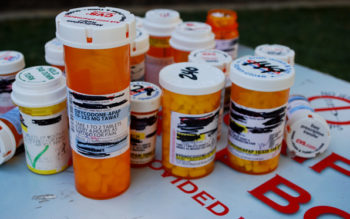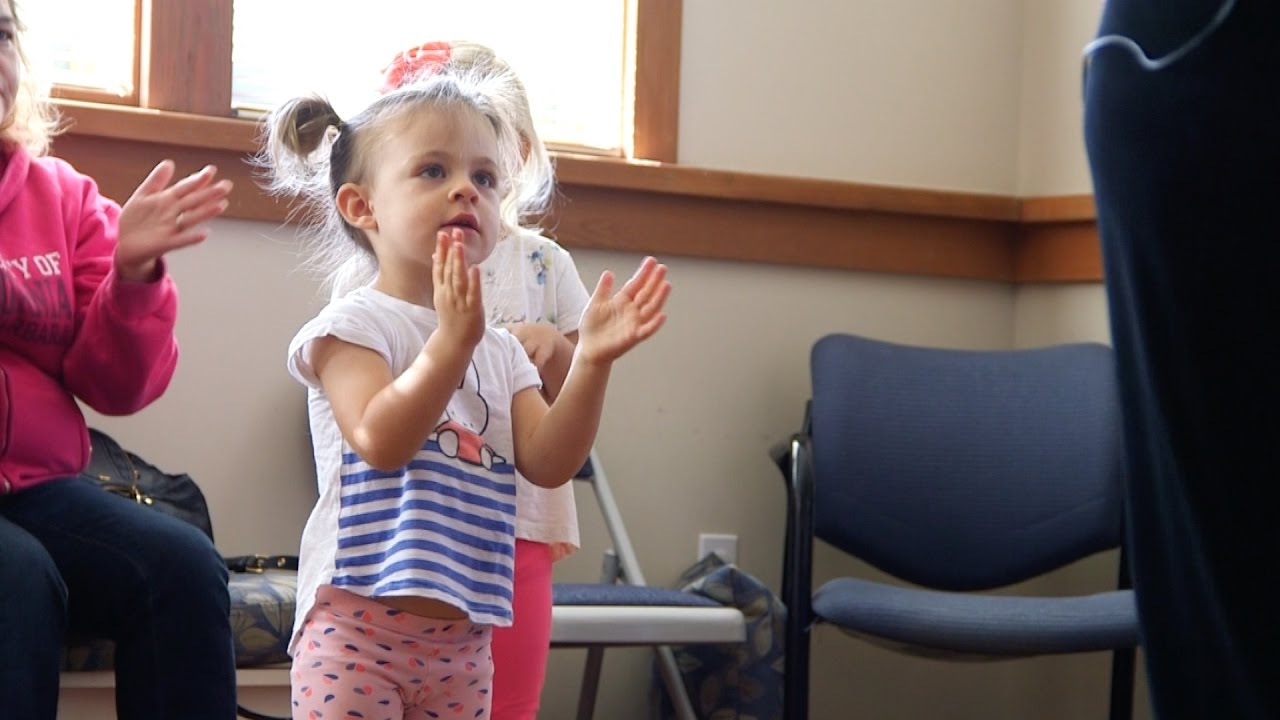Lead poisoning is the most common environmental illness among children in California. However, most children who have lead poisoning do not act or look sick and the exposure frequently goes unrecognized initially.
That’s why preventing childhood lead poisoning is so important. The County of San Diego’s theme this year during Childhood Lead Poisoning Prevention Week, Oct. 23 to 29, asks: “Is your child at risk for lead poisoning? Check for lead in and around your home.”
The only way to know if your child has lead poisoning is to get a blood lead test. The county is partnering with the City of San Diego’s Lead Safety Collaborative project to provide free blood lead testing on Oct. 26, 2016 from 9 a.m. to 4 p.m. at the Linda Vista Public Library, 2160 Ulric Street, San Diego, 92111.
“Many children at risk for lead poisoning have not been tested,” said Wilma Wooten, M.D., M.P.H., San Diego County Public Health Officer and Director of Public Health Services. “This is why it’s important for parents to ask their child’s doctor about lead testing.”
Lead poisoning can cause a significant decrease in an IQ even at low blood lead levels. More than 1,000 children and young adults under the age of 21 in San Diego County had elevated blood lead levels in 2012, according to the California Department of Public Health Childhood Lead Poisoning Prevention Branch.
“There’s no safe blood lead level for children,” said Wooten. “A child with lead poisoning can suffer from behavioral problems and can have issues with learning, paying attention, and excelling academically.”
Most symptoms of lead poisoning are commonly confused with childhood complaints such as stomach-aches, crankiness, headaches, or loss of appetite, according to CDPH.
Children are most commonly exposed to lead by ingesting lead-contaminated dust, soil, and paint chips from deteriorating lead-based paint. Adults who work in jobs or hobbies that involve lead products, such as soldering, making stained glass, and handling bullets/ammunition or fishing sinkers, can put children at risk by bringing lead dust home on their clothes.
Other possible sources of lead poisoning are:
- lead dust carried home on parents’ work clothes.
- painted objects (e.g., toys, jewelry, imported ceramic-glazed pottery).
- cosmetics, folk remedies, and traditional medicines.
- imported candies and food products.
The San Diego County Health and Human Services Agency’s Childhood Lead Poisoning Prevention Program will have information displays at County Regional Public Health Centers as part of the campaign. They will also be making presentations to community groups and raising awareness through HHSA’s Facebook and Twitter accounts.
For more detailed information regarding the campaign or to request materials or a presentation, please visit www.sdlead.org or call 619-692-8487.






